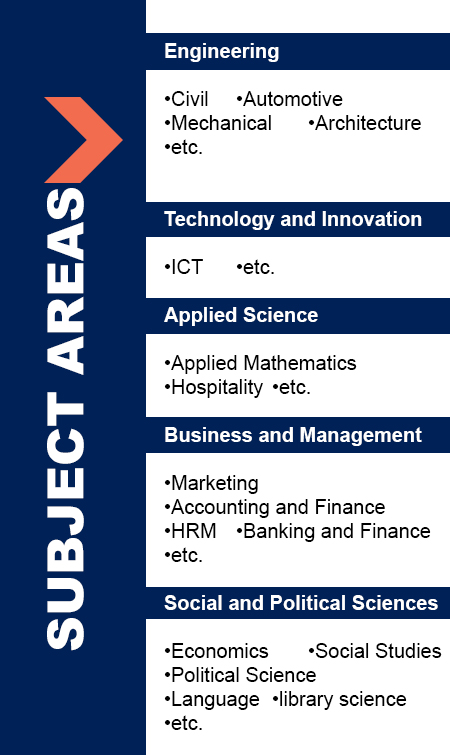The Evolution and Current Manufacturing Practice Applied to the traditional Dress of Women in Ghana
DOI:
https://doi.org/10.47127/ijtmr.v1i2.24Abstract
Traditional dress for women in Ghana, known as “slit and kaba”, previously required no standardised sizing and fit, but as this dress has undergone an evolution and taken on more western features, the fit and manufacturing quality have become increasingly important. This paper evaluates the effect of the evolution of the slit and kaba on the current manufacturing processes adopted by the micro and small scale enterprises in Ghana. A qualitative approach was adopted to collect data in three metropolitan centres in Ghana from dressmakers of the traditional dress. An inductive approach through the grounded theory technique was utilised to analyse the data and the findings revealed that the traditional dress has undergone a considerable change in fit and form. The over reliance on trainee apprentices as workers has affected the quality of garments produced in relation to standardisation. It is also evident that most of the dressmakers rely on domestic equipment which is rudimentary in terms of technological development. This paper highlights the importance of skills and adequate equipment in the achievement of fit and quality in the area of garment manufacture in Ghana.
Keywords: Garmentmanufacture;Qualitystandards;Fit;Traditionaldress;Evolution.








